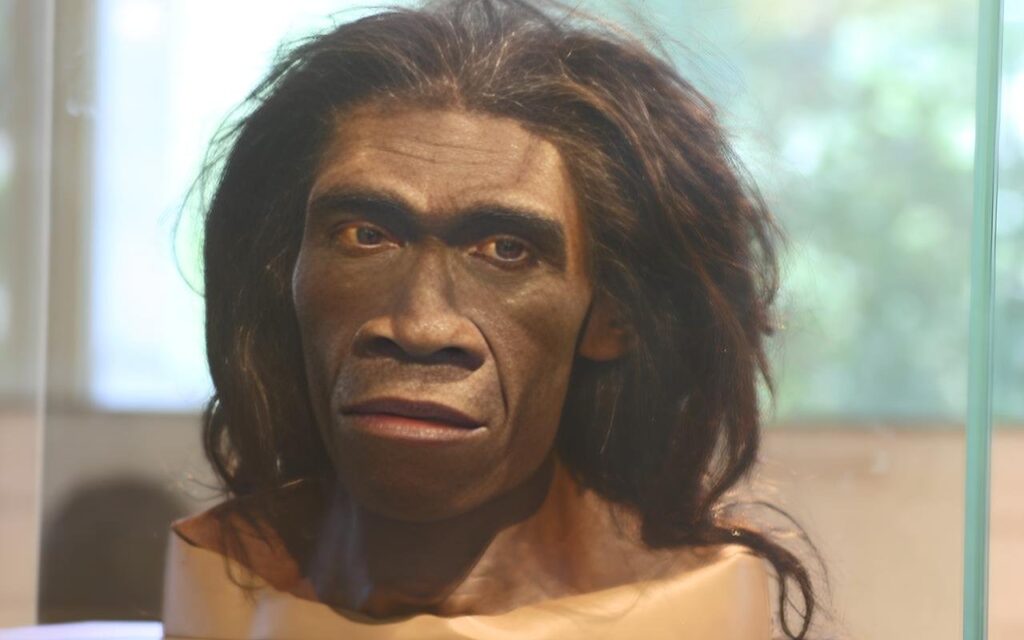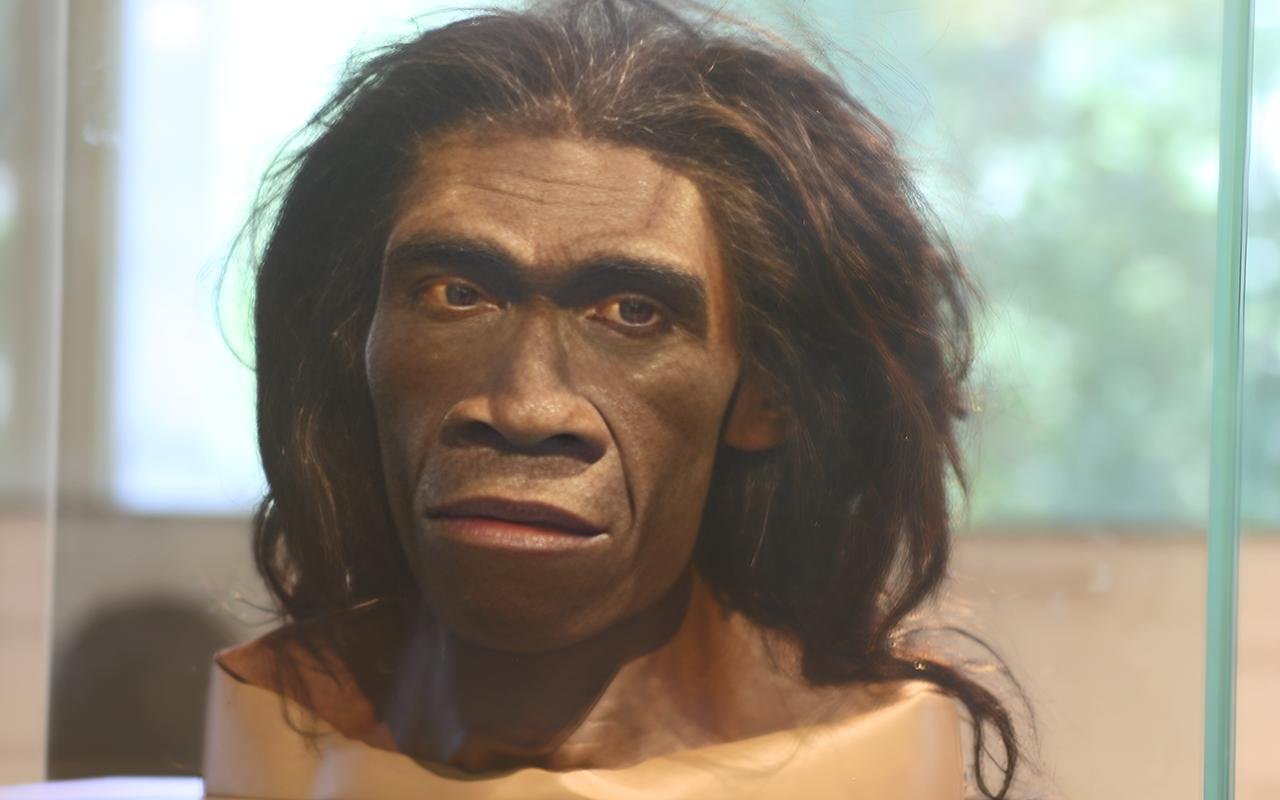
Homo Orelon: Unearthing the Mysteries of a Hypothetical Human Ancestor
The realm of paleoanthropology is filled with intriguing discoveries, ongoing debates, and, occasionally, hypothetical constructs that challenge our understanding of human evolution. One such hypothetical ancestor is Homo orelon. While no fossil evidence currently supports its existence, the concept of Homo orelon serves as a valuable tool for exploring potential evolutionary pathways and testing existing theories about the emergence of modern humans. This article delves into the hypothetical characteristics, potential place in the hominin lineage, and the scientific rationale behind the Homo orelon concept.
The Genesis of a Hypothetical Hominin
The name Homo orelon, though not officially recognized in the scientific nomenclature, frequently arises in discussions surrounding the “missing link” between earlier hominin species, such as Australopithecus, and the emergence of the Homo genus. The idea stems from the inherent gaps in the fossil record. Paleoanthropology is a science of fragments. Fossilization is a rare event, and the discovery of complete skeletons is exceedingly uncommon. Therefore, scientists often rely on incomplete data to reconstruct evolutionary narratives. The concept of Homo orelon helps to bridge these gaps, providing a framework for hypothesizing about the potential traits and behaviors of an intermediary species.
Hypothetical Characteristics of Homo Orelon
If Homo orelon were to exist, what characteristics might it possess? Scientists often speculate on a combination of traits inherited from earlier hominins and those that would eventually define the Homo genus. These hypothetical characteristics include:
- Brain Size: A cranial capacity larger than that of Australopithecus but smaller than that of early Homo species like Homo habilis. This would represent a gradual increase in brain size over time.
- Bipedalism: Fully committed to bipedal locomotion, with skeletal adaptations for efficient walking and running on two legs. This would likely include changes in the pelvis, spine, and lower limbs.
- Tool Use: More sophisticated tool use than observed in Australopithecus. Homo orelon might have utilized simple stone tools for scavenging, butchering, and processing plant materials. [See also: The Oldowan Tool Industry]
- Diet: A more varied diet, potentially including a greater proportion of meat and marrow obtained through scavenging or hunting. This dietary shift would have provided the necessary energy for a larger brain.
- Social Structure: More complex social structures than earlier hominins, possibly involving cooperative hunting and food sharing. This would necessitate improved communication skills and social intelligence.
- Habitat: A preference for more open environments, such as grasslands and woodlands, rather than dense forests. This would reflect a shift towards exploiting resources in different ecological niches.
The Potential Position in the Hominin Lineage
The hypothetical timeline for Homo orelon would likely place it between 3 and 2 million years ago, a period that is currently poorly represented in the fossil record. This timeframe aligns with the estimated divergence of the Homo genus from Australopithecus. The exact placement, however, remains speculative. Some researchers suggest that Homo orelon might represent a direct ancestor to Homo habilis, while others propose that it could be a sister species that eventually went extinct. [See also: The Evolution of Homo Habilis] The discovery of new fossil evidence is crucial for refining our understanding of this critical period in human evolution and potentially validating, or refuting, the Homo orelon hypothesis.
The Significance of Hypothetical Ancestors
While the term “hypothetical” might suggest a lack of scientific value, the concept of Homo orelon serves several important purposes. Firstly, it highlights the gaps in our knowledge and encourages further research and exploration. By formulating hypotheses about potential ancestors, scientists can focus their search efforts on specific regions and time periods where relevant fossils are more likely to be found. Secondly, it provides a framework for interpreting existing fossil evidence. Even if no fossils are ever definitively identified as Homo orelon, the concept can help us understand the evolutionary pressures that shaped the emergence of the Homo genus. Thirdly, it stimulates critical thinking and debate within the scientific community. By challenging existing theories and proposing alternative scenarios, the Homo orelon hypothesis contributes to a more nuanced and comprehensive understanding of human evolution.
The Ongoing Search for Evidence
The search for evidence of Homo orelon, or any other transitional hominin species, is an ongoing endeavor. Paleoanthropologists continue to explore fossil-rich regions in Africa and Asia, employing advanced dating techniques and analytical methods to identify and interpret new discoveries. Technological advancements, such as micro-CT scanning and ancient DNA analysis, are providing unprecedented insights into the anatomy, behavior, and genetic relationships of early hominins. These tools are essential for piecing together the complex puzzle of human evolution and potentially uncovering evidence that supports the existence of Homo orelon. The discovery of even a single, well-preserved fossil could revolutionize our understanding of this critical period.
Challenges and Considerations
It’s important to acknowledge the challenges and limitations associated with studying hypothetical ancestors. The lack of direct evidence makes it difficult to test specific hypotheses and validate evolutionary scenarios. Furthermore, the interpretation of existing fossil evidence is often subjective and open to debate. Different researchers may have different perspectives on the significance of specific traits and their implications for evolutionary relationships. It is essential to approach the topic of Homo orelon with a critical and open mind, recognizing the inherent uncertainties and the need for further research.
Homo Orelon: A Tool for Understanding Evolutionary Pressures
Despite the lack of physical evidence, the idea of Homo orelon is a useful tool for understanding the evolutionary pressures that may have influenced the transition from Australopithecus to Homo. By considering the environmental changes, dietary shifts, and social complexities that characterized this period, scientists can develop more informed hypotheses about the selective forces that drove the evolution of human intelligence, tool use, and social behavior. For example, the increasing aridity of the African landscape during the Pliocene epoch may have favored hominins that were able to adapt to more open environments and exploit a wider range of food resources. Similarly, the emergence of cooperative hunting strategies may have selected for individuals with enhanced communication skills and social intelligence. The concept of Homo orelon helps to contextualize these evolutionary pressures and explore their potential impact on the trajectory of human evolution.
The Future of Paleoanthropological Research
The field of paleoanthropology is constantly evolving, with new discoveries and technological advancements continually reshaping our understanding of human origins. As researchers continue to explore the fossil record and refine their analytical methods, the mystery of Homo orelon, and other hypothetical ancestors, may eventually be solved. Whether or not definitive evidence of Homo orelon is ever found, the concept will continue to serve as a valuable tool for stimulating research, promoting critical thinking, and advancing our knowledge of human evolution. The pursuit of knowledge about our past is an ongoing journey, and the hypothetical Homo orelon serves as a compelling reminder of the many mysteries that remain to be uncovered.
In conclusion, while Homo orelon remains a hypothetical hominin, its conceptual existence plays a crucial role in paleoanthropological discourse. It encourages the scientific community to consider potential evolutionary pathways, analyze existing evidence critically, and direct future research efforts. The ongoing search for fossil evidence, combined with advancements in technology, may one day shed light on whether a species resembling Homo orelon truly existed and its place in the grand tapestry of human evolution. The very idea of Homo orelon highlights the continuous quest to understand our origins. Understanding the hypothetical Homo orelon helps us appreciate the complexities of human evolution. The elusive Homo orelon continues to fascinate and drive research. Even without concrete proof, Homo orelon remains a vital concept. The search for Homo orelon underscores the gaps in our fossil record. The hypothetical Homo orelon pushes the boundaries of our understanding. The debate surrounding Homo orelon is a testament to the dynamic nature of paleoanthropology. The potential discovery of Homo orelon would revolutionize our understanding of human origins. The legacy of Homo orelon, even in its hypothetical form, is significant. The impact of Homo orelon on paleoanthropological thought is undeniable.

